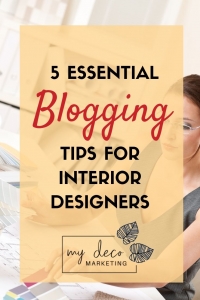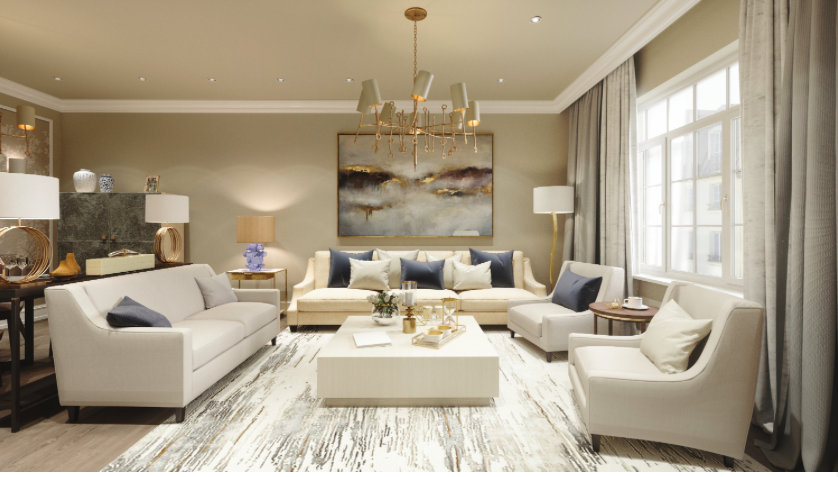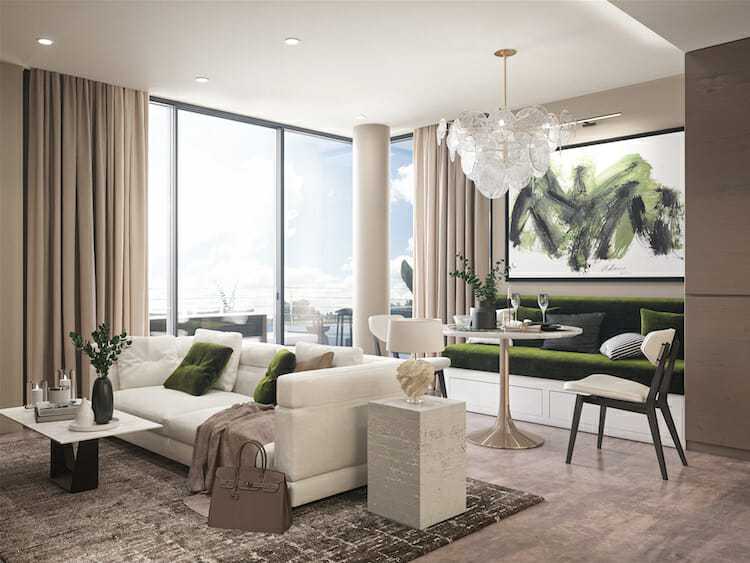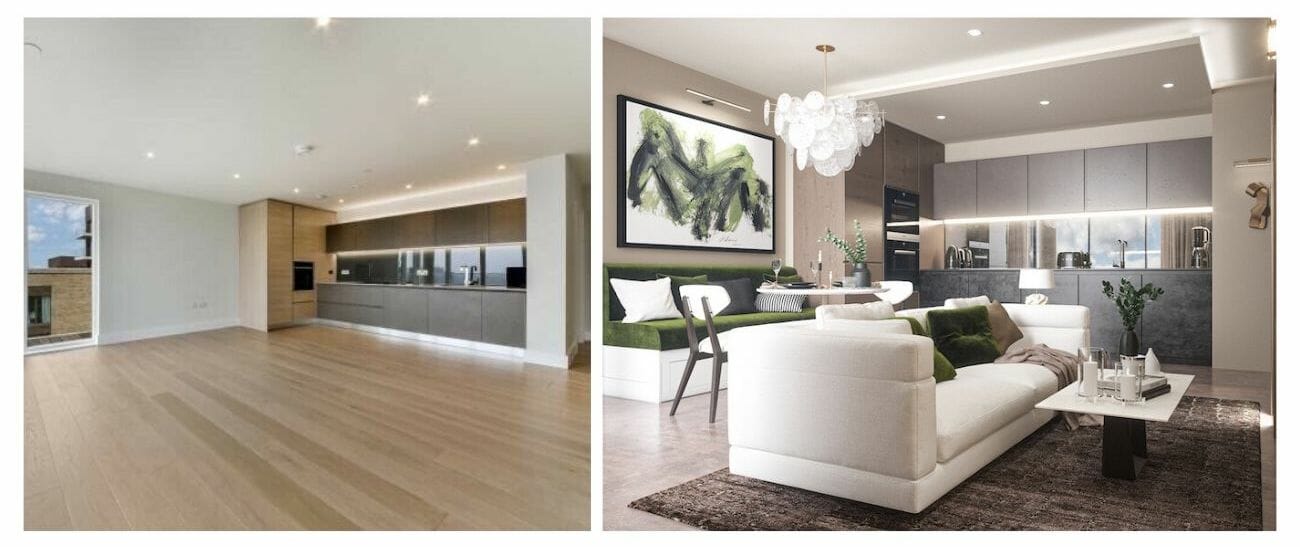Are you feeling stuck with instagram hashtags ? Finding effective hashtags for interior design businesses can be the key to a successful strategy on the platform. I’m here to simplify social media for you. Especially for those of you in the world of interior design and home decor, where social social media and instagram are key to your marketing strategy to connect you with your ideal customer.
Here’s my guide to everything you need to know about how to use hashtags to grow your reach and following on the platform.

What are Instagram Hashtags
Simply put they’re a descriptive word or phrase which is prefixed by the # symbol. The #hashtag represents a collection of posts that will be seen in an Instagram search.
Think of it as a way that the app categorizes and files posts so that they can be found by people searching for content that interests them. For example, if you’re interested in the design of colourful rooms you might try clicking on ‘Tags’ in the search bar and type colourful interiors. This brings up images that have been saved to that list of posts because #colourfulinteriors was added in the caption or comments. It will also bring up a list of similar words to choose from which are popular tags in that search category.
Under this, you’ll find two tabs Top and Recent. The most popular posts with the most interaction and engagement are shown under Top and the newest under Recent.

Instagram Hashtag Search
As well as being descriptive of the content, they are also a way to represent communities and brands on the platform. Instagrammers gather together sharing and engaging on content under specific tags to help each other grow. Interiors bloggers, Instagrammers and interior designers are very active in a range of tags through popular communities. Read on to discover more about how interior design communities connect with each other later on in this blog.
Why Should You Use Hashtags
Increase your reach by allowing you to get seen in Instagram searches
This happens by helping your posts get discovered by people searching for specific content. Especially for inspiration in the architecture, home decor, and lifestyle category. In short, if you didn’t use hashtags your content would only be seen by people who follow you. Not only that but Instagram doesn’t show your posts to all of your followers. It’s simply not possible with the number of people that use the app. It tends to reward popular content so in that sense, it sometimes feels like a bit of an uphill climb.
How does my content get seen if I don’t have a lot of followers?
Hashtags is the answer you’re looking for. When you use them it ensures your pictures are seen by people searching for the type of images you’re sharing.
Hashtags make you appear in all the right places
Additionally using hashtags is one thing that helps to tell the app what your account and business is all about. The other is what you search on to see the tip below. Along with the recent ability to search on caption text, using hashtags about homes, design, furniture and decor will let Instagram know that you want your content to be seen alongside other homes and interior design accounts. For example, your explore feed serves posts that are based on what you, your followers, and similar accounts are engaging with. Using hashtags for interior design content will help this process.
Tip: Click on that magnifying glass and look at your explore feed. Are you seeing pictures of interior design, home decor, and other designer’s images? You should be. If you’re seeing recipes, make-up tips and memes that’s because that is what the app thinks you are interested in. Try and keep your business account focused on interiors and use another account for your lifestyle and hobby searches.
Connect through community
Using tags can connect you with other similar accounts that will follow and engage with you. Searching on hashtags for interior design posts is a great way to find and connect with other accounts. Whether they are suppliers, other designers, or inspirational content creators, many Instagrammers start engaging with each other by sharing an interest in the same hashtags and the Instagram posts under them. The interior design community is strong on this platform and there are many popular and highly active community groups to join in.
Hashtag Challenges
Challenges are daily, weekly or monthly competitions that invite you to share your content with their community under their tag. Taking part in these challenges is a great way to find effective hashtags for interior design businesses. You’ll gain an opportunity to connect and engage with similar active accounts (which the algorithm loves), your content may get shared and seen by a wider audience. You might even win a prize! Here’s some of the challenges and communities with active followers that you can join in to grow your audience
- #myhousethismonth
- #myhouseismycastle
- #mydailyrenovation
- #myhousedownsouth
- #mymonthincolour
- #mycolourfulinterior
- #myhomevibe
- #storyofmyhome

There’s many more of these out there. If there’s others that you think to deserve a mention please do add them to the comments below.
There are a few ground rules to follow for success:
- Follow all your hosts
- Follow the sponsor or prize giver
- Check for daily, weekly, or monthly theme prompts. These will tell you what type of content to post for a chance of a share or win. Make sure your images are relevant to the theme.
- Make your caption is as engaging as your images, making sure it is also relevant to the theme and conversation
- Engage with other posts and accounts which use the hashtag
- Post consistently. In some challenges this is part of the winning criteria
How to Use Hashtags Effectively
Here’s a few basic tips that will help you get started. If you would like to find the most effective hashtags for your business to use try our tailor-made hashtag strategy.
Do
- Use up to 30
- Have a mixed strategy to include tags of different sizes
- Use tags that are based on describing the content of your post, location, and community
- Research your hashtags well to find new active tags
- Put your hashtags in the caption*
There is a lot of debate about this one. The jury is still out on this and I think it depends on many other factors of your account. I’ve always preferred to put them in the caption rather than the comments. After reading this article, which details a comprehensive study of over 650,000 Instagram accounts, one of the recommendations is that sub 100K accounts have a better reach rate when using hashtags in the caption – so I’m sticking with it!
Reels are currently favored in the algorithm. They are being shown at the top of the list under searches of hashtags. A great place to get visible.
Don’t
- Use the same tags over and over again
Instagram sees this as an attempt to game the system and it can result in your content not showing up in the searches at all. Read on to discover what to do if you get stuck with a hashtag ban
- Use hashtags that are very popular
The chances of being seen in popular hashtags such as interior design, interior, interiors or home decor are not good for small accounts. There’s simply too many posts coming in a minute after minute
- Use hashtags that aren’t relevant to the image or the caption
Be consistent in the subject of your content and caption. Even if your posts get to the top of the list if they’re not your ideal audience there isn’t much to gain from it
Putting #interiordesigner in your bio, for example, gives the user the opportunity to click on that tag and take them away from your account down an Instagram rabbit hole to who knows where – they may never come back! The only exception to this is if it is related to your brand, #mydecomarketing for example where all the content will relate to you. Avoid generic terms like #interiors #minimalist, #colourlover or anything else descriptive.
- Use hashtags in your comments on other people’s posts
Putting a link in to take people off a post to other people’s content can be seen as a little underhand. Whatsmore when I recently tested this the app stopped these from being active, they no longer click through, so it just looks spammy.
What to Do if you Stop Appearing in Hashtag Searches?
The hashtag ban or shadowban is real? Well here’s the thing. Instagram doesn’t call it a shadowban so apparently it doesn’t exist however some of you will know not appearing in hashtags it is all too real. This happens when your posts don’t appear under the hashtag searches that you have added to the post. Instagram tell us that they choose not to show all posts under the hashtags for various reasons
But how will you tell if your post isn’t appearing in hashtag searches?
Check your insights to see where your post has appeared. Are the hashtag impressions low? Ask a friend to use their account to click on one of the hashtags used in your post and see if they can see your post listing under the tag. If it doesn’t appear I’m afraid you’re on the naughty list.
Why me?
You may have put a hashtag into your post which Instagram has banned. There are some which obviously go against community guidelines that exist to protect us all from things we shouldn’t see. Anything that might relate to sex, nudity, drugs, and hate speech are obviously no go. However other innocent tags sometimes get spammed with offensive content which causes them to appear on the banned list. These three for example are all banned but could easily appear in a relevant context in a post about decor
Your account has been reported. Violating the terms of service or Community Guidelines causes your account to get reported. Copyright infringements for example if you post other people’s content without permission. Or use a copyrighted music track. There is a three strikes and you’re out for this one. Instagram may disable your account if this happens but in the meantime it could give you a lengthy timeout. You’ll get a notification if this happens.
You’ve exceeded your daily limits. You’re simply too active on your account with comments, likes, follows, DMs, etc. This can be a problem especially if your account is very new. As I mention earlier actions that are repetitive and bot like can get seen as such and the app will put you in time out for this including not appearing in hashtags and/or limiting your activity. Again you’ll get a notification of a timeout if this happens.
In my experience here are some things that help posts do well in hashtags
Great content. It all starts here. There’s no secret formula to this. Simply keep putting out great content that engages the people likely to search or follow the hashtags you use. Good quality photographs, engaging, humourous reels and storytelling or content that gives value in your captions. To check this search up your tags and make a note of the type of images and content that is reaching the ‘Top’ page in the hashtag. This is what you need to emulate
Single Images and Reels. For my posts these are what perform best in hashtags. Reels are a great way to get visible and Recently I’ve found carousel posts don’t do as well in hashtags. Check your insights and see what works best for your posts.
Here’s what to do next if you experience the problem of not appearing in hashtags.
Take a few days off. Make a clean break and stop all your activity on the app for a few days. Next prepare for a fresh start. Delete your hashtags from your last few posts. Create your next posts with just a few hashtags to start with and work up. Some users report putting hashtags in the caption, if they didn’t before, helped their hashtag reach.
How do I Find Relevant Hashtags to Use in My Posts?
Finding effective hashtags for interior design businesses to use on Instagram will build and grow your following quickly. The easy way to do it is to purchase a My Deco Marketing Hashtag Strategy and list.

Buy this service and you’ll receive a questionnaire to tell us about your business and Instagram goals. Within 7 days you’ll receive in your inbox your tailormade list of 150+ tags. Alongside this, there’s a best practice guide on how to use hashtags to grow your reach and engagement. We choose your hashtags based on your account size, location, business goals and competitive activity. Our hashtag data is pulled from an extensive search across thousands of accounts in the niche of the interior. It is refreshed every two weeks to help you find the top most effective up-to-date tags to use on your posts.
I use it on my own account and my clients and it has made an incredible difference to the reach of posts. Take a look at these examples here.
In the first image, you’ll see an image that I posted before I started using my strategy. Take a look at the insights on post-performance. You’ll see I posted the same picture a little while later and look at the difference in results. There’s also an image of another post that did very well in hashtags. Worth noting that all of these results are organic with no money spent on advertising or promotion.



Buy the Strategy and List – How it Works
You’ll receive a tailor-made list for your business based on your goals, niche, target clients, and location. As well as this, if you’ve enjoyed the tips in this article you’ll get an even more detailed step-by-step guide on how to use your hashtags and how to research your own effective hashtags for interior design posts.
The strategy and list are just one of the Instagram services offered by My Deco Marketing. From 1-1 consultation to ongoing monthly management. Contact us to find out more!












































